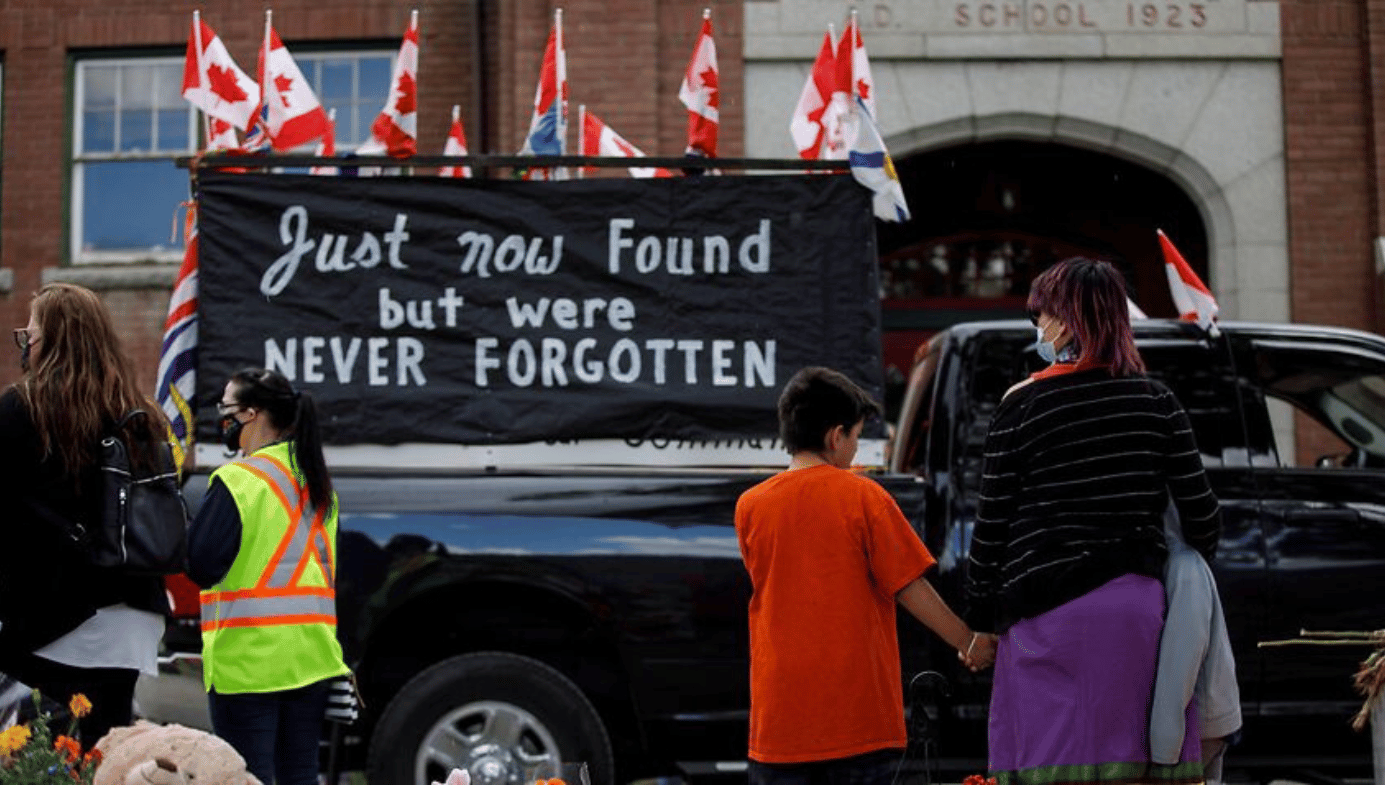Canada
Looking Back at the ‘Unmarked Graves’ Social Panic of 2021
A new book tries to explain how millions of Canadians became convinced that the bodies of 215 ‘missing’ Indigenous children had been discovered in British Columbia.
· 13 min read

Keep reading
A Tariff Time-Bomb
Phillip W. Magness
· 9 min read
The Teaching Problem
John Tagg
· 17 min read
Invisible Disability and Hidden Potential
Hannah Gal
· 16 min read
Disco Inferno
George Case
· 10 min read
Conflicting Visions of Peace
Benny Morris
· 8 min read





